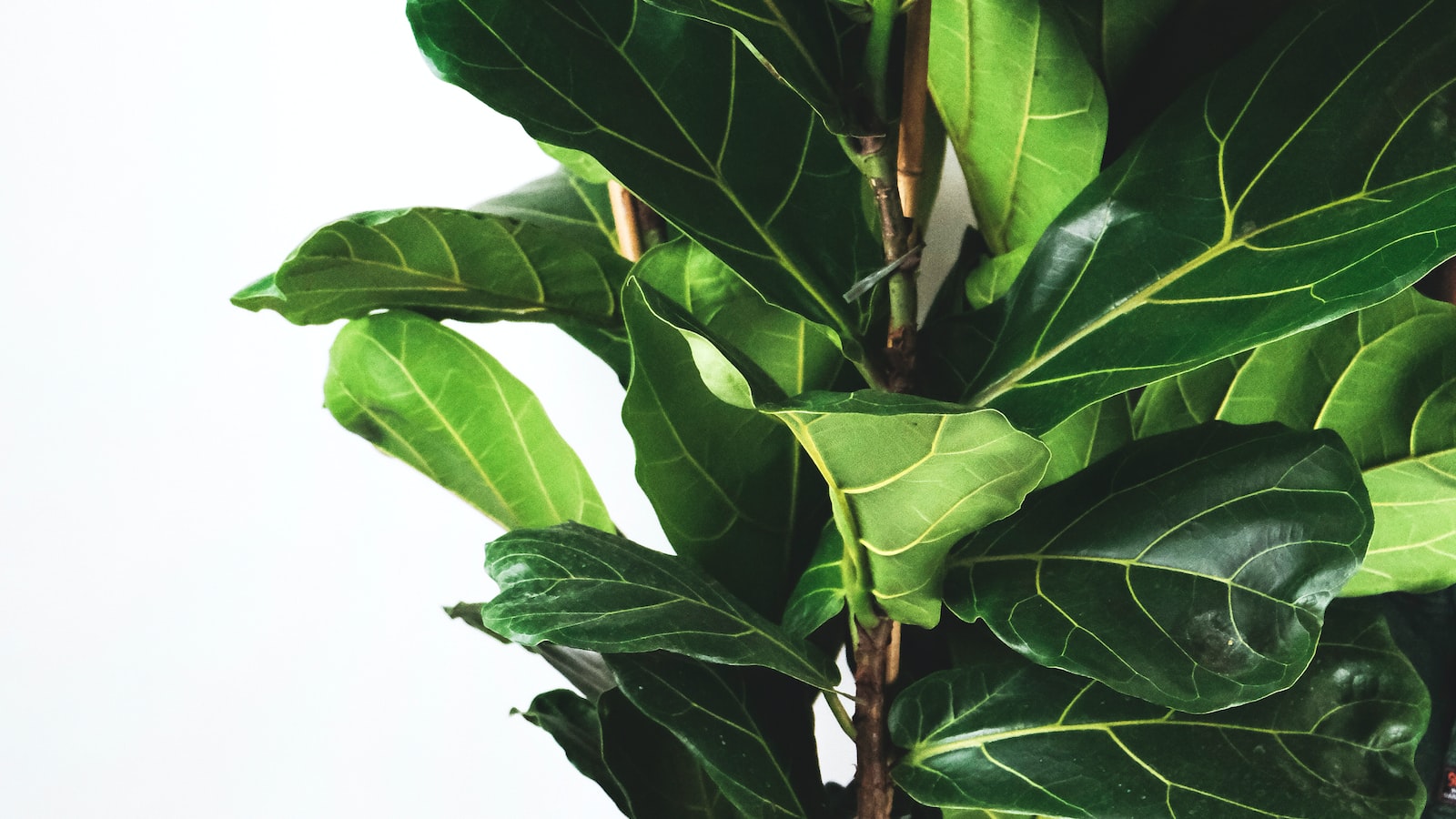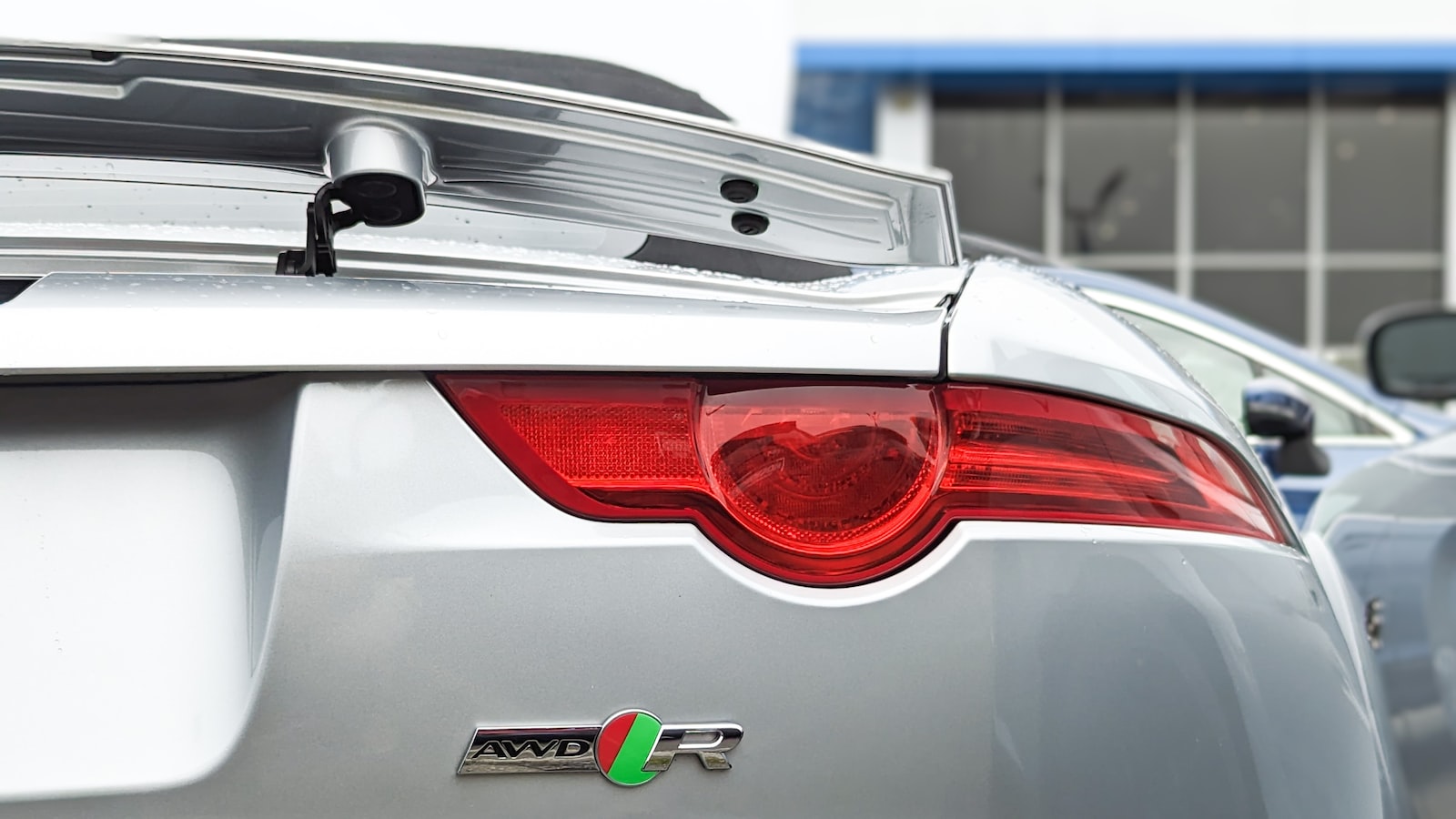Unearthing the hidden secrets of plant parenthood, we embark upon yet another captivating chapter – the mystical art of repotting the glorious corn plant. With its luscious green foliage towering towards the sky, this botanical beauty has, over time, captured the hearts of indoor garden enthusiasts. But fear not, dear green thumb enthusiasts, for we shall unveil the secrets behind the ancient ritual of repotting, allowing the corn plant to thrive and flourish in its newfound abode. So put on your gardening gloves, grab your trusty trowel, and let us venture into the realm of repotting, where green dreams take root and grow.
Choosing the Right Pot and Potting Mix
When it comes to repotting a majestic corn plant, is crucial for its growth and overall health. The selection of an appropriate pot size plays a vital role in ensuring that the plant has enough space for its roots and allows for proper drainage. Opt for a pot that is about 2 inches larger in diameter than the current pot to provide room for the corn plant to thrive.
Equally important is the choice of potting mix. A well-draining and nutrient-rich potting mix is essential to support the corn plant’s growth. Consider a mix that consists of equal parts peat moss, perlite, and regular potting soil. This blend allows for efficient drainage, prevents waterlogging, and provides adequate nutrients to sustain the plant’s development.
| Features and Tips: | ||
|---|---|---|
| Size: | Choose a pot about 2 inches larger in diameter than the current pot. | |
| Drainage: | Ensure the pot has drainage holes to prevent water accumulation. | |
| Ingredients: | Use a potting mix consisting of equal parts peat moss, perlite, and potting soil. | |
Once you have the perfect pot and potting mix ready, it’s time to repot your corn plant. Gently remove the plant from its current pot, loosening the roots if necessary. Place a layer of potting mix at the bottom of the new pot, ensuring it covers the drainage holes. Carefully position the corn plant in the center and add more potting mix around it, firmly pressing down to eliminate any air pockets.
Remember to water the plant thoroughly after repotting. This will settle the potting mix and aid in the plant’s transition. Place your newly repotted corn plant in a well-lit area, away from direct sunlight. With the right pot and potting mix, combined with proper care and maintenance, your corn plant will flourish and bring a touch of natural beauty to your home or office space.

Signs that Your Corn Plant Needs Repotting
<p>If you happen to notice your corn plant looking a bit lackluster, it might be time to consider repotting it. Here are a few indicators that your corn plant is ready for a change of scenery:</p>
<ul>
<li><strong>Roots escaping the pot:</strong> If you find the roots of your corn plant growing out of the drainage holes or circling around the bottom of the pot, it's a clear indication that your plant has outgrown its current pot.</li>
<li><strong>Frequent wilting and slow growth:</strong> Is your corn plant struggling to thrive? If you observe consistent wilting, yellowing leaves, or stunted growth despite proper care, it could be a sign that the roots are becoming cramped and in need of more space and nutrients.</li>
<li><strong>Water draining too quickly:</strong> If you find yourself having to water your corn plant more frequently than usual, and the water seems to flow straight through the pot without proper absorption, it's likely because the soil in your current pot has become compacted and unable to retain moisture effectively.</li>
</ul>
<p>So, if any of these signs sound familiar, it's time to put your corn plant in a more spacious and suitable pot. Here are a few helpful tips to guide you through the repotting process:</p>
<table>
<tr>
<th>Features</th>
<th>Tips</th>
</tr>
<tr>
<td><strong>Choosing the right pot</strong></td>
<td>Opt for a pot that provides ample drainage and is around 2-4 inches larger in diameter than the current one.</td>
</tr>
<tr>
<td><strong>Prepping the new pot</strong></td>
<td>Ensure it's clean and has fresh potting soil perfect for the needs of your corn plant.</td>
</tr>
<tr>
<td><strong>Gently removing the plant</strong></td>
<td>Be careful not to damage the roots when transferring your corn plant from its old pot to the new one.</td>
</tr>
</table>
Step-by-Step Guide to Repotting Your Corn Plant
Repotting your corn plant is an essential step to ensure its growth and vitality. Whether your plant has outgrown its current pot or simply needs fresh soil, this step-by-step guide will help you navigate through the process effortlessly. Before you begin, gather the necessary supplies such as a larger pot, high-quality potting soil, and gardening gloves to protect your hands from thorns and soil.
Start by carefully removing the corn plant from its current pot. Gently loosen the soil around the edges of the pot to loosen the root system. Once the plant is free, inspect the roots for any signs of rot or disease. Trim away any damaged or unhealthy roots using sterilized pruning shears. Give the roots a thorough rinse, removing excess soil and allowing them to breathe.
Next, select a pot that is one size larger than the current one. Choose a pot with drainage holes to prevent waterlogging. Fill the bottom layer of the new pot with fresh potting soil, creating a mound in the center. Place the corn plant in the center of the mound, making sure it is positioned at the same depth as before. Gradually fill the sides of the pot with more potting soil, patting it gently to secure the plant. Use your hands to create a slight depression in the soil around the plant to help with watering. Lastly, water the plant thoroughly, allowing the excess water to drain out. Place your repotted corn plant in a well-lit area, away from direct sunlight, and maintain a regular watering schedule to promote healthy growth.
Features/Tips Table:
|Feature/Tips |Description |
|----------------|-------------------------------|
|Pot Selection |Choose a pot one size larger with drainage holes to prevent waterlogging. |
|Root Inspection |Inspect and trim any damaged or unhealthy roots before repotting. |
|Proper Positioning |Ensure the plant is positioned at the same depth as before in the new pot. |Remember, repotting your corn plant is an excellent opportunity to provide it with fresh nutrients and ample space to grow. By following this step-by-step guide and caring for your plant, you’ll enjoy a thriving and thriving corn plant for years to come.
Tips for Maintaining Healthy Growth after Repotting
Repotting a corn plant is essential for its long-term health and growth. Once you’ve successfully repotted your beloved corn plant, there are a few key tips to keep in mind to ensure it continues to thrive.
First and foremost, watering is crucial. Overwatering can lead to root rot, while underwatering can cause dehydration and stunted growth. It’s important to strike the right balance. Check the moisture level of the soil regularly by inserting your finger about an inch deep. If it feels dry, it’s time to water. Aim for a deep watering, allowing the water to fully saturate the soil. Make sure to drain any excess water from the saucer to prevent standing water.
| Features: | Tips: |
|---|---|
| Proper Sunlight | Avoid direct sunlight as it may scorch the leaves. Corn plants prefer bright, indirect light. |
| Regular Fertilization | Feed your corn plant with a balanced, water-soluble fertilizer once a month during the growing season to promote healthy growth. |
| Proper Drainage | Ensure your pot has drainage holes at the bottom to prevent the roots from sitting in standing water. |
In addition to proper watering, your corn plant requires the right amount of sunlight. While it enjoys bright light, direct sunlight can scorch its leaves, so it’s best to place it in a spot that receives indirect sunlight. Keep an eye on the plant’s response and adjust its position accordingly.
Fertilization is another important aspect to consider. Feed your corn plant with a balanced, water-soluble fertilizer once a month during the growing season. This will provide the necessary nutrients for healthy foliage and growth. Avoid over-fertilization, as it can cause burn and damage the plant.
Frequently Asked Questions
Q: Why should I repot my corn plant?
A: Picture this – your corn plant feeling suffocated in a tiny pot, its roots longing for room to stretch and grow. Repotting is like giving your plant a breath of fresh air, providing it with ample space to thrive and flourish. So, indulge your green companion with a repotting adventure!
Q: When is the best time to repot my corn plant?
A: Timing is everything when it comes to repotting your corn plant. Ideally, spring is the perfect season – a time when new beginnings abound in nature. Just like the world around it, your corn plant will be ready to embrace change, allowing its roots to settle and adjust to its larger, roomier home.
Q: How do I repot my corn plant without causing any harm?
A: Ah, the art of repotting! Fear not, for we shall guide you through this delicate process. First, find a pot that’s a size or two bigger than the current one – remember, your corn plant craves space! Gently remove the plant, making sure to loosen the roots without damaging them. Nestle it lovingly into its new home, adding fresh soil to provide stability and nourishment. Finally, give your corn plant a good drink of water, followed by a sprinkle of encouragement. Voila! You’ve successfully repotted your corn plant, and you’ll watch as it grows happily in its newfound freedom. As we bid farewell to our humble corn plant, nestled in a fresh new home, we can’t help but feel a sense of fulfillment. The symphony of soil, sunlight, and care has orchestrated a metamorphosis that will bring flourishing beauty to any space. By following these gentle repotting steps, you have paved the path for your corn plant to thrive and embrace its full potential.
With each tender touch and deliberate movement, you have given your green companion a lease on life, an opportunity for growth, and a chance to spread its verdant wings. You have clothed its roots with fresh nourishment, offered it a spacious abode to stretch its fronds, and granted it the freedom to explore the world beyond the confines of a cramped pot.
As you stand back to admire your handiwork, take a moment to revel in the simple joy of being a gardener. For in nurturing a corn plant, you have embarked on a journey of symbiosis, of coexistence between nature and mankind. With each leaf that unfurls, with each glimpse of renewed vigor, you will witness firsthand the magical power of tending to a green companion.
Now, the time has come to release your corn plant into its new realm. As it settles into its fresh soil, be transfixed by the spectacle that unfolds before your eyes. Watch as its leaves turn ever more vibrant, extending toward the heavens, seeking sustenance and reaching for the skies. Witness the transformation that only a few thoughtful gestures and a nurturing spirit can bestow.
So, farewell, dear corn plant. May your roots delve deep, anchoring you to the earth, while your leaves embrace every sunbeam that graces your presence. May you grow stronger, taller, and more resilient with each passing day. As you bring life and beauty to any corner you grace, remember that you were once granted a second beginning, a new lease on life, thanks to the tender repotting process that took place.
For in the repotting of a corn plant lies a profound metaphor of renewal—a lesson reminding us that growth can occur when we break free from the confines of stagnation. And as you embark on your own personal journey, may the courage to repot your own life be sparked by the tiny, unassuming corn plant, forever etched in your memory.
- When to Put Weed and Feed on Lawn in Michigan - October 16, 2023
- When to Fertilize Potatoes Plants - October 16, 2023
- Can You Plant Clover in the Spring - October 16, 2023

